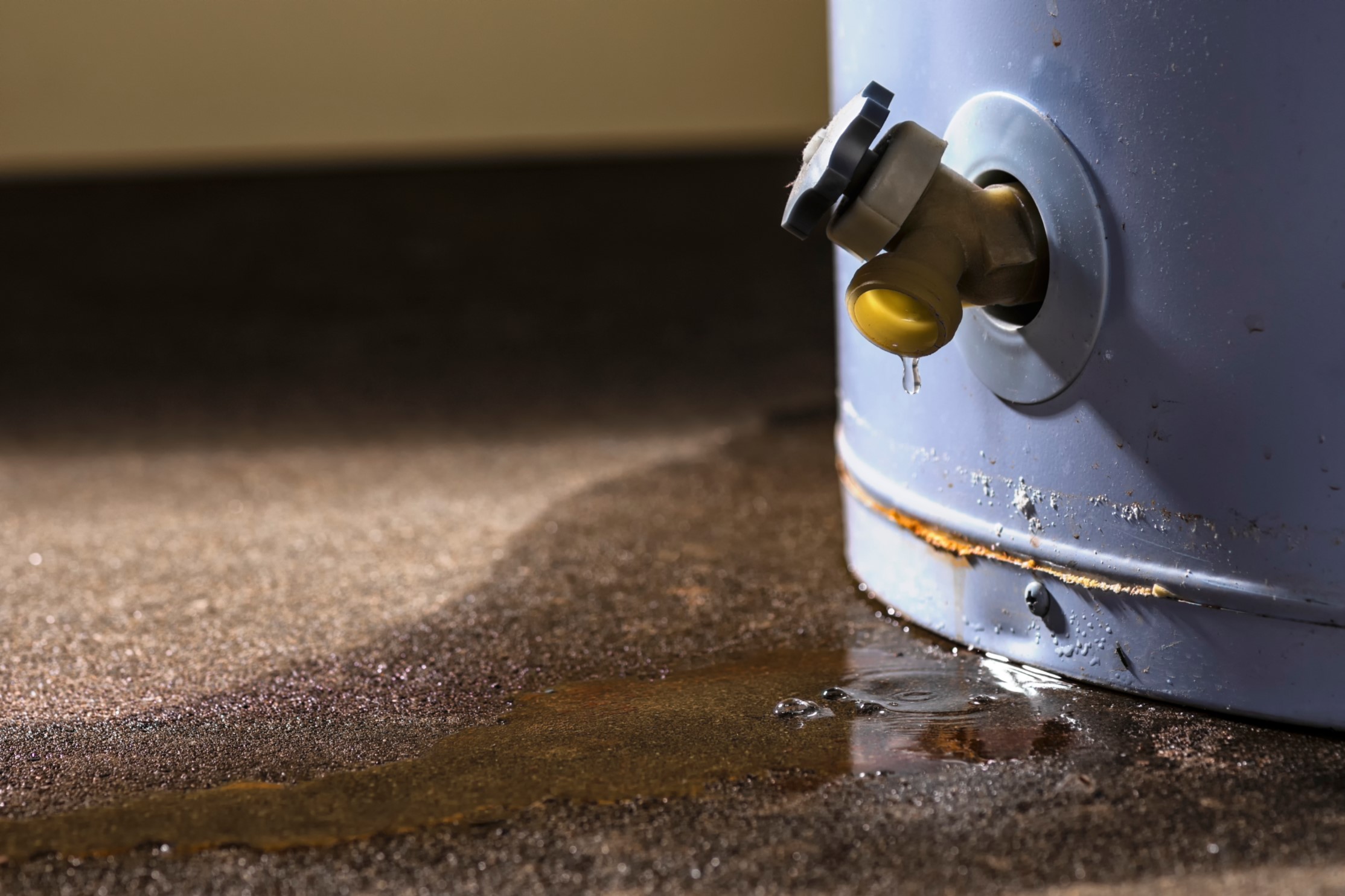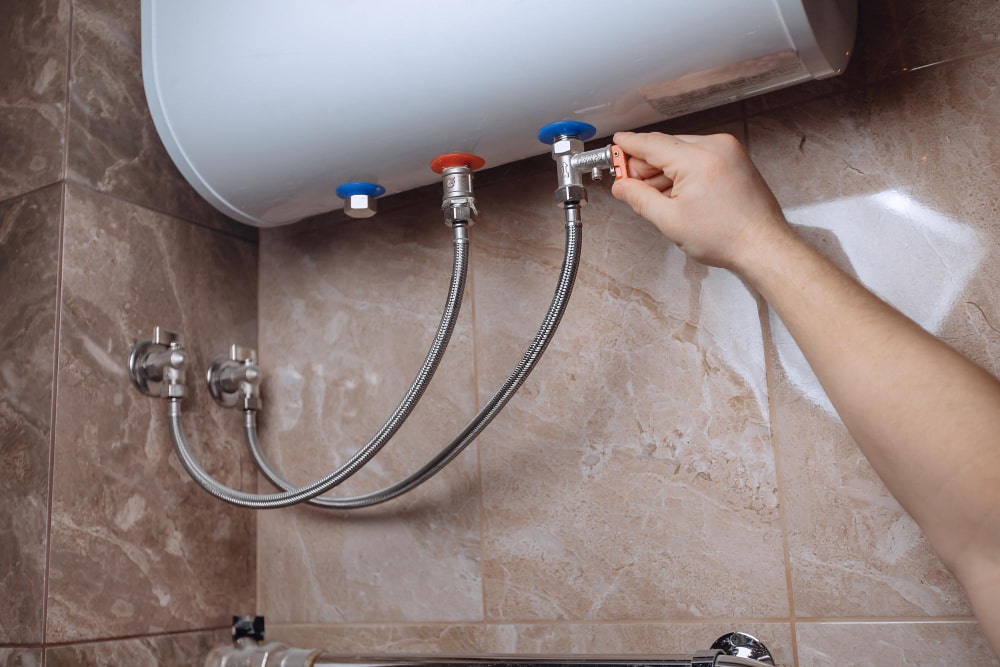This great article down the page in relation to Tips For Maintaining Your Hot Water Heater is without a doubt attention-grabbing. Don't overlook it.

Warm water is necessary for day-to-day comfort, whether it's for a refreshing shower or cleaning dishes. To guarantee your hot water system runs efficiently and lasts much longer, routine maintenance is vital. This post provides sensible tips and understandings on exactly how to maintain your home's warm water system to prevent disturbances and costly repair work.
Introduction
Maintaining your home's warm water system may seem challenging, yet with a couple of basic steps, you can guarantee it operates efficiently for many years ahead. This guide covers every little thing from comprehending your hot water system to do it yourself maintenance tips and recognizing when to employ expert help.
Value of Preserving Your Hot Water System
Normal maintenance not just prolongs the life-span of your hot water system yet also guarantees it operates effectively. Disregarding maintenance can lead to decreased performance, higher power expenses, and also premature failure of the system.
Indications Your Hot Water System Demands Upkeep
Understanding when your warm water system needs interest can protect against major problems. Keep an eye out for signs such as irregular water temperature level, strange sounds from the heater, or rustic water.
Flushing the Hot Water Heater
Flushing your hot water heater removes debris build-up, boosting efficiency and extending its life.
Monitoring and Replacing Anode Rods
Anode rods stop deterioration inside the tank. Checking and changing them when worn is essential.
Facility Problems Needing Professional Aid
Instances include major leakages, electrical problems, or if your water heater is constantly underperforming.
Regular Specialist Upkeep Perks
Professional upkeep can include thorough inspections, tune-ups, and making sure compliance with safety criteria.
Checking and Adjusting Temperature Setups
Adjusting the temperature level setups ensures optimal performance and safety and security.
DIY Tips for Upkeep
You can do several upkeep tasks on your own to keep your warm water system in top problem.
Checking for Leakages
On a regular basis inspect pipelines and connections for leakages, as these can lead to water damages and higher expenses.
Understanding Your Hot Water System
Prior to diving into upkeep tasks, it's practical to understand the basic components of your hot water system. Usually, this consists of the hot water heater itself, pipelines, anode poles, and temperature level controls.
Monthly Upkeep Tasks
Regular monthly checks can help capture small concerns prior to they intensify.
Evaluating Pressure Relief Valves
Testing the stress safety valve guarantees it works properly and avoids excessive stress build-up.
Protecting Pipes
Insulating hot water pipelines minimizes warm loss and can save energy.
When to Call a Specialist
While do it yourself maintenance is useful, some issues require specialist know-how.
Final thought
Routine maintenance of your home's warm water system is necessary for effectiveness, longevity, and expense savings. By adhering to these ideas and understanding when to seek specialist assistance, you can ensure a reliable supply of warm water without unforeseen disruptions.
Water Heater Maintenance: The Basics
Maintaining your water heater will ensure it operates efficiently and has a longer lifespan. Neglecting regular maintenance can lead to costly repairs and an even bigger chunk of your savings if you have to replace it sooner than necessary. But there’s good news: Most water heater maintenance tasks are relatively simple and easy for homeowners with basic DIY skills.
Flush the Water Heater
Over time, sediment and minerals can build up in the tank, reducing its efficiency and potentially causing damage. To flush the tank, turn off the power or gas supply, attach a hose to the drain valve near the bottom and open the valve to drain the water until it runs clear. Ideally, flush the tank annually.
Replace the Anode Rod
The anode rod is a sacrificial metal rod that helps prevent corrosion inside the tank. Inspect and replace it every three to five years or per the manufacturer's recommendation. To replace the anode rod, turn off the power or gas supply, drain a few gallons of water from the tank, unscrew the old rod and replace it with a new one. If the anode rod is significantly corroded or covered in calcium buildup, it's a sign the water heater may need to be replaced soon.
Tune-Up
A yearly tune-up can help identify potential issues and ensure your water heater operates at peak efficiency. This typically involves checking the thermostat, burner assembly (for gas heaters) and any other components specified by the manufacturer. During a tune-up, the technician may also clean the burner and adjust the pilot light (for gas heaters) or examine the heating elements (for electric heaters).
How to Maintain Your Water Heater
- Insulate the tank. Insulating the tank can improve energy efficiency and reduce heat loss, saving you money on energy bills. You can purchase precut insulation blankets designed specifically for water heaters or use standard fiberglass insulation wrapped securely around the tank.
- Check the temperature. The recommended water temperature for most households is around 120 degrees Fahrenheit (49 degrees Celsius). Higher temperatures can increase energy costs and potentially cause scalding. Use a kitchen thermometer to check the temperature at the faucet nearest the water heater.
- Monitor water pressure. Excessive water pressure can strain the water heater and cause leaks or even tank failure. Install a pressure-reducing valve if necessary. The ideal water pressure range is between 60 and 70 PSI (pounds per square inch).
- Test the temperature and pressure (T&P) relief valve. The T&P relief valve is a safety feature that releases pressure if the tank gets too hot or the pressure builds up too high. Test it annually by lifting the lever and allowing a small amount of water to release. Replace the valve if it doesn't release water or reseal properly.
- Check for leaks. Regularly inspect the tank, pipes and fittings for leaks or corrosion. Deal with issues promptly to prevent further damage. Even a small leak can lead to significant water damage over time.
- Consider a tankless water heater. If your traditional tank-style water heater is nearing the end of its lifespan ( typically 10 years), consider replacing it with a tankless water heater. These units heat water on demand, reducing standby energy losses and potentially saving you money on your energy bills.
- Schedule professional maintenance. While homeowners can perform many water heater maintenance tasks, it's still a good idea to schedule professional maintenance every few years. A plumber or HVAC technician can thoroughly inspect the unit, identify potential issues and ensure it operates safely and efficiently.
https://www.homeserve.com/en-us/blog/home-improvement/hot-water-heater-maintanence/

Hopefully you enjoyed our part on How to Maintain a Hot Water Heater in a Few Simple Steps. Thank you so much for taking time to browse our piece of content. Kindly take a moment to promote this blog entry if you liked it. We love reading our article about Water Heater Maintenance Tips You Can't Afford to Forget.
Book My Estimate
Comments on “Maintaining Your Home's Hot Water System: Important Guidelines”